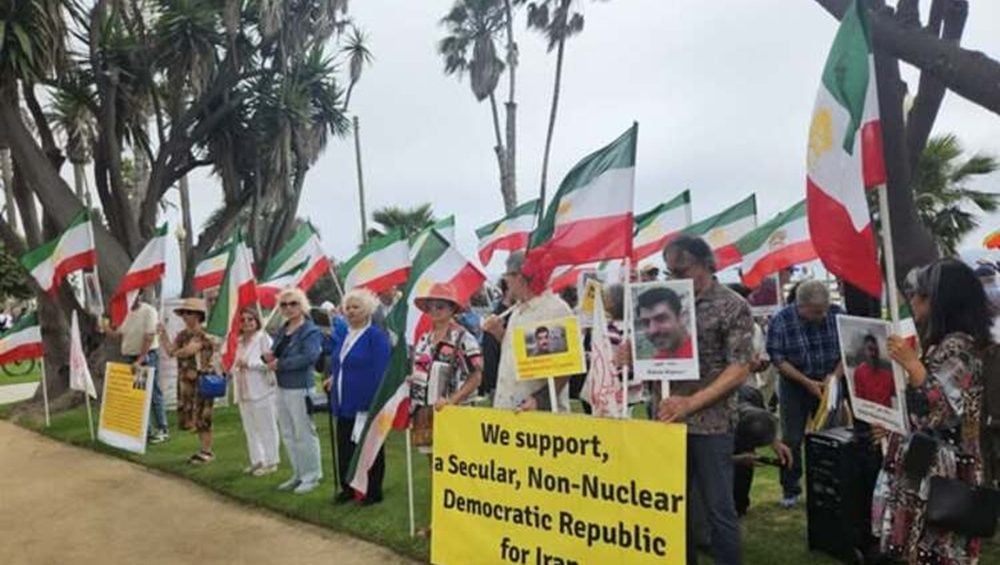Facebook
Twitter
LinkedIn
Pinterest
Reddit
Email
Print
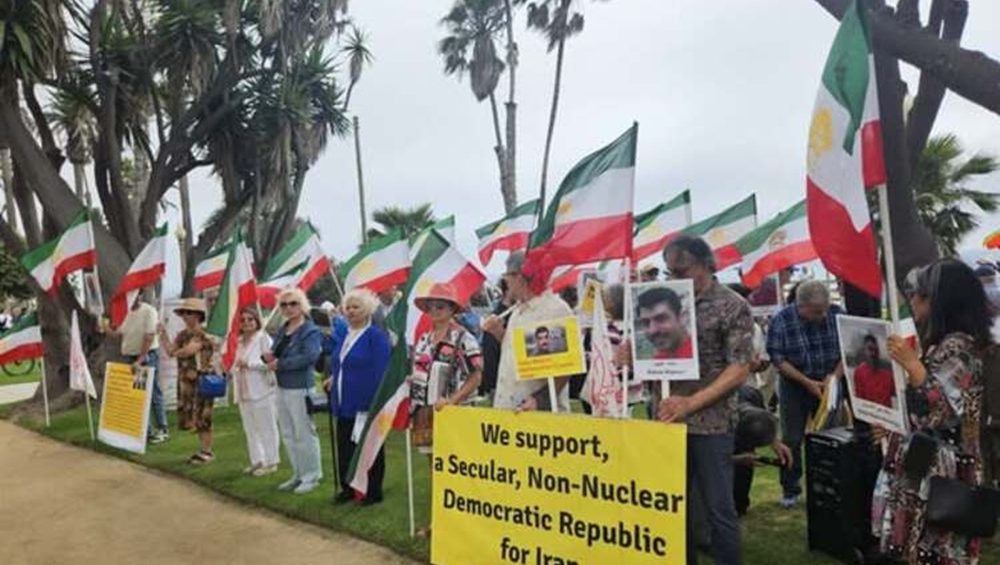 Rally in Los Angeles, US, warns of imminent executions of five Iranian political prisoners— August 10, 2025
Rally in Los Angeles, US, warns of imminent executions of five Iranian political prisoners— August 10, 2025
THIS PAGE WILL BE UPDATED WITH THE LATEST NEWS
UPDATE: 8:00 AM CEST
European States Trigger Snapback Mechanism Against Tehran’s Nuclear Program

On Thursday, August 28, after years of failed diplomacy and the clerical regime’s relentless nuclear brinkmanship, Britain, France, and Germany finally initiated the snapback mechanism, setting in motion a 30-day process to reimpose all United Nations sanctions on Iran. This decisive step is not a surprise but the inevitable consequence of a failed policy of appeasement. It serves as a powerful vindication of the National Council of Resistance of Iran (NCRI), which has warned for over a decade that the mullahs’ regime will never abandon its quest for a nuclear bomb and cannot be trusted on the world stage.
Two Women, Banoo Moghadam and Mitra Yassini, Executed in Abhar and Shiraz
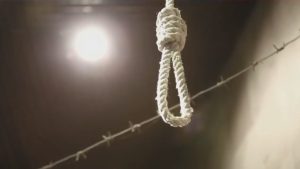
Amid the continuing surge in executions across Iran, two women were recently executed in Abhar and Shiraz. On Thursday morning, August 28, the death sentence of 60-year-old Banoo Moghadam was carried out in Abhar Prison. On Wednesday, August 27, Mitra Yassini, from Ilam Province, was executed in Adelabad Prison in Shiraz. Banoo Moghadam had been arrested on charges of killing her son-in-law and later sentenced to death by a criminal court. At the time of her arrest, Banoo Moghadam reportedly suffered from mental health issues. Mitra Yassini had been convicted of complicity in a murder and sentenced to death by the criminal court.
Razieh Hassanzadeh and Asiyeh Kaykhah: Continued Detention in Vakilabad Prison

More than a week after their arrest, Razieh Hassanzadeh and Asiyeh Kaykhah, both from Zabol, in Sistan and Baluchestan Province, remain in legal limbo in the quarantine ward of Vakilabad Prison in Mashhad. The two 37-year-old women were detained by security forces on Tuesday, August 22, while filming and singing at the gravesite of Majidreza Rahnavard, one of the 2022 protesters executed in public in Mashhad. They were transferred to Vakilabad Prison the following day. Despite repeated efforts by their families, authorities have yet to provide any official explanation regarding the charges against them, nor have they issued bail orders for their temporary release.
NCRI-US Conference in Washington Backs E3 Snapback Sanctions, Calls for Democratic Change in Iran
On August 28, 2025, the Washington Office of the National Council of Resistance of Iran (NCRI-US) convened a high-profile online policy conference to assess the implications of the European powers’ decision to reimpose United Nations sanctions on Tehran. The event, titled “UN Snapback Sanctions on Iran: Necessity, Effectiveness, and Consequences,” came just hours after France, Germany, and the United Kingdom (E3) announced they would activate the UN’s snapback mechanism in response to the Iranian regime’s nuclear violations.
UK Must Recognize Iran Regime’s Crimes Against Humanity as Evidence Is Erased, Says BCFIF

In a strongly worded statement, the British Committee for Iran Freedom (BCFIF) has raised deep concern over the Iranian regime’s ongoing attempts to destroy evidence of atrocities that UN experts have described as crimes against humanity committed with genocidal intent. The Committee pointed to a recent comment by Tehran’s Deputy Mayor, who revealed that part of Behesht-e Zahra Cemetery—the burial site of many victims of extrajudicial executions in the early 1980s—has now been repurposed as a parking lot, with official authorization.
Enforced Disappearances in Iran: From the 1988 Massacre to the 2022 Uprising and Today’s Prisons
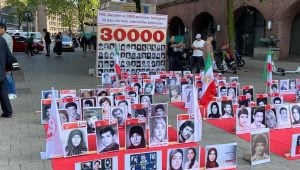
30 August, International Day of the Victims of Enforced Disappearances commemorates the thousands who were torn from their families through state secrecy and denial. “Enforced disappearance” means arrest, abduction, or any form of deprivation of liberty by state agents or those acting with state authorization, followed by a refusal to acknowledge the deprivation of liberty or by concealment of the fate or whereabouts of the disappeared person. In Iran, this organized crime has persisted from the 1980s to the present day: from the mass killings of 1988, through the 2022 uprising, to ongoing cases inside prisons. This report draws on testimonies from families and survivors, documentary records, reporting by Amnesty International and the Iran Human Rights Society, media archives, and open-source research. Wherever possible, each allegation is corroborated by at least two independent sources.
Qarchak Prison – The Slaughterhouse of Human Dignity and Forgotten Justice – Part 4
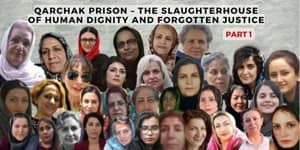
In Qarchak Prison, denial of medical treatment is not accidental or due to negligence, but a deliberate and organized policy. Prison authorities systematically block women prisoners from accessing healthcare, at times using their very lives as a tool of coercion. “Medical denial” in Qarchak has become a form of torture – slow, silent, and designed to wear down the bodies and minds of women political prisoners. One of the main methods of pressure on political prisoners is “medical hostage-taking.” Authorities demand heavy bail from prisoners or their families in exchange for hospital transfers or access to proper treatment.
Iran’s Energy Crisis Exposes the Structural Collapse of the Regime
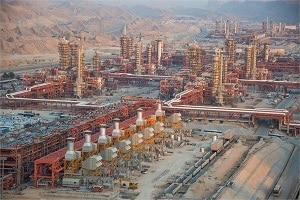
Despite its immense natural wealth, Iran today is sinking into darkness. Economist Mahmoud Jam-Saz, writing in Arman Melli newspaper on August 25, revealed how the clerical regime’s corruption and mismanagement have brought the country to the edge of economic and social collapse. Jam-Saz pointed out that although Iran ranks among the top four countries in global energy reserves, it now struggles with shortages. The crisis, he said, was predictable years ago, but no structural reforms or serious investments were ever made. Instead, blackouts have become routine, hitting provinces such as Khuzestan and Sistan-Baluchestan where summer temperatures soar above 45 degrees, while industrial production has fallen by as much as 50 percent.
